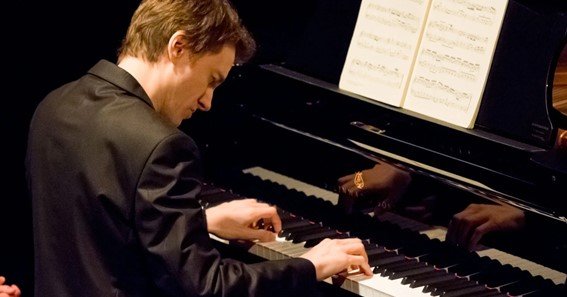French pianism is renowned for its distinctive blend of elegance, refinement, and expressiveness. It has developed over centuries, influenced by the nation’s cultural evolution and artistic innovations. When examining French pianism from a historical perspective, it’s essential to highlight how France has nurtured world-class pianists and composers who have left a lasting impact on the global music scene.
The Origins of French Pianism
French pianism truly began to flourish in the late 18th and early 19th centuries, during a time when France was at the center of European artistic development. Composers like Frédéric Chopin, though Polish, spent much of his career in Paris, profoundly influencing the French piano tradition. His lyrical, nuanced compositions became integral to French piano pedagogy, emphasizing clarity and emotional depth.
The founding of the Paris Conservatoire in 1795 also played a significant role in shaping French pianism. It became a hub for musical training, producing several generations of pianists who carried the French style across the world.
19th-Century Flourish
The 19th century saw the emergence of key figures such as Camille Saint-Saëns and Gabriel Fauré, who blended Romanticism with elements of French lyricism and clarity. Cécile Chaminade, one of the few prominent female composers of the time, also contributed significantly to the French piano repertoire. French pianism during this period was marked by a clear, clean technique that prioritized precision and articulation over the heavier, more dramatic approaches seen in other European traditions.
The Impressionist Era: Debussy and Ravel
One of the most transformative periods in French pianism occurred in the late 19th and early 20th centuries with the arrival of the Impressionist movement, led by Claude Debussy and Maurice Ravel. Their music emphasized tone color, atmosphere, and innovative harmonies, steering French pianism away from the traditional Romantic styles.
Debussy’s piano works, such as Clair de Lune and Préludes, required a lighter, more transparent touch that became emblematic of French pianism. Ravel’s compositions, such as Gaspard de la nuit, pushed the boundaries of piano technique and demanded exceptional control and precision. Both composers influenced pianists to adopt a style that valued tonal shading and subtle dynamic contrasts.
Post-Impressionism and Modern French Pianism
Following Debussy and Ravel, French pianism continued to evolve. Olivier Messiaen, a key figure in 20th-century French music, expanded the technical and expressive capabilities of the piano, incorporating complex rhythms and modal harmonies. His works, like Vingt regards sur l’enfant-Jésus, challenged pianists to explore new soundscapes.
In the modern era, pianists such as Pierre-Laurent Aimard and Hélène Grimaud have continued the French tradition, bringing their own interpretations to both classical and contemporary works. Their performances highlight the ongoing influence of French pianism on the global stage.
FAQ
- What is the French pianism style known for?
French pianism is known for its elegance, clarity, and nuanced use of tone color. Pianists emphasize precision, articulation, and expressive phrasing. - Who are some of the key figures in French pianism?
Key figures include Claude Debussy, Maurice Ravel, Gabriel Fauré, Olivier Messiaen, and contemporary pianists like Pierre-Laurent Aimard. - How did the Paris Conservatoire influence French pianism?
The Paris Conservatoire played a crucial role in shaping French pianism by providing formal training to many influential pianists and composers, thus helping to establish a distinct national style. - What is the significance of Impressionism in French piano music?
Impressionism, led by composers like Debussy and Ravel, revolutionized French piano music by focusing on atmosphere, tonal color, and harmonic innovation. - How has modern French pianism evolved?
Modern French pianism continues to evolve, with pianists exploring both classical repertoire and contemporary music, often focusing on technical brilliance and emotional depth.
French pianism remains a cornerstone of classical music, offering a unique blend of technical refinement and emotional depth that continues to inspire musicians around the world.










